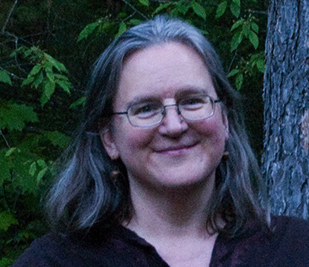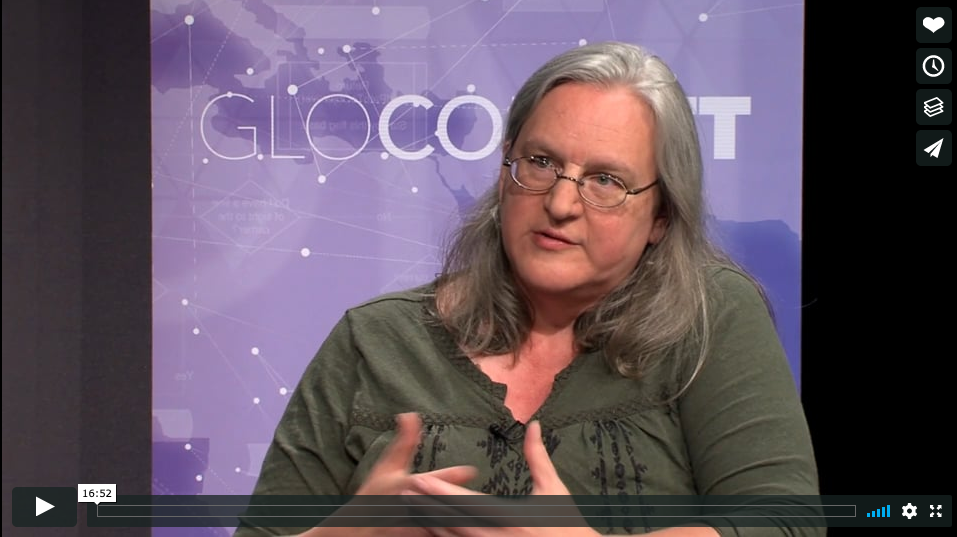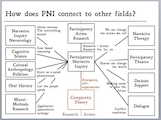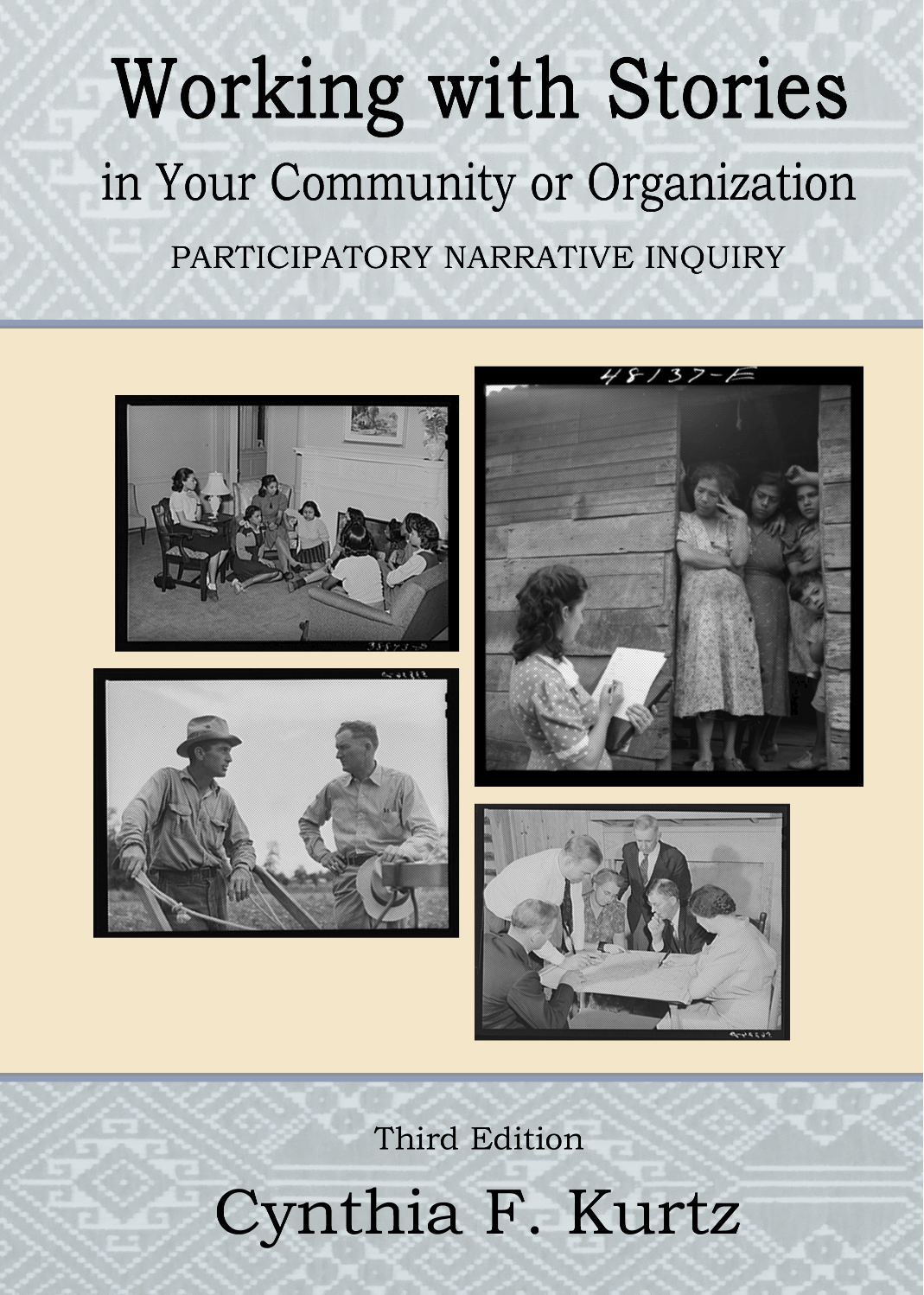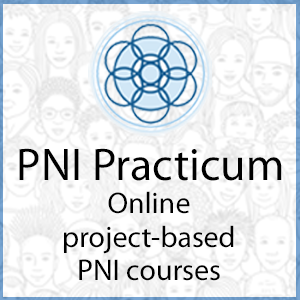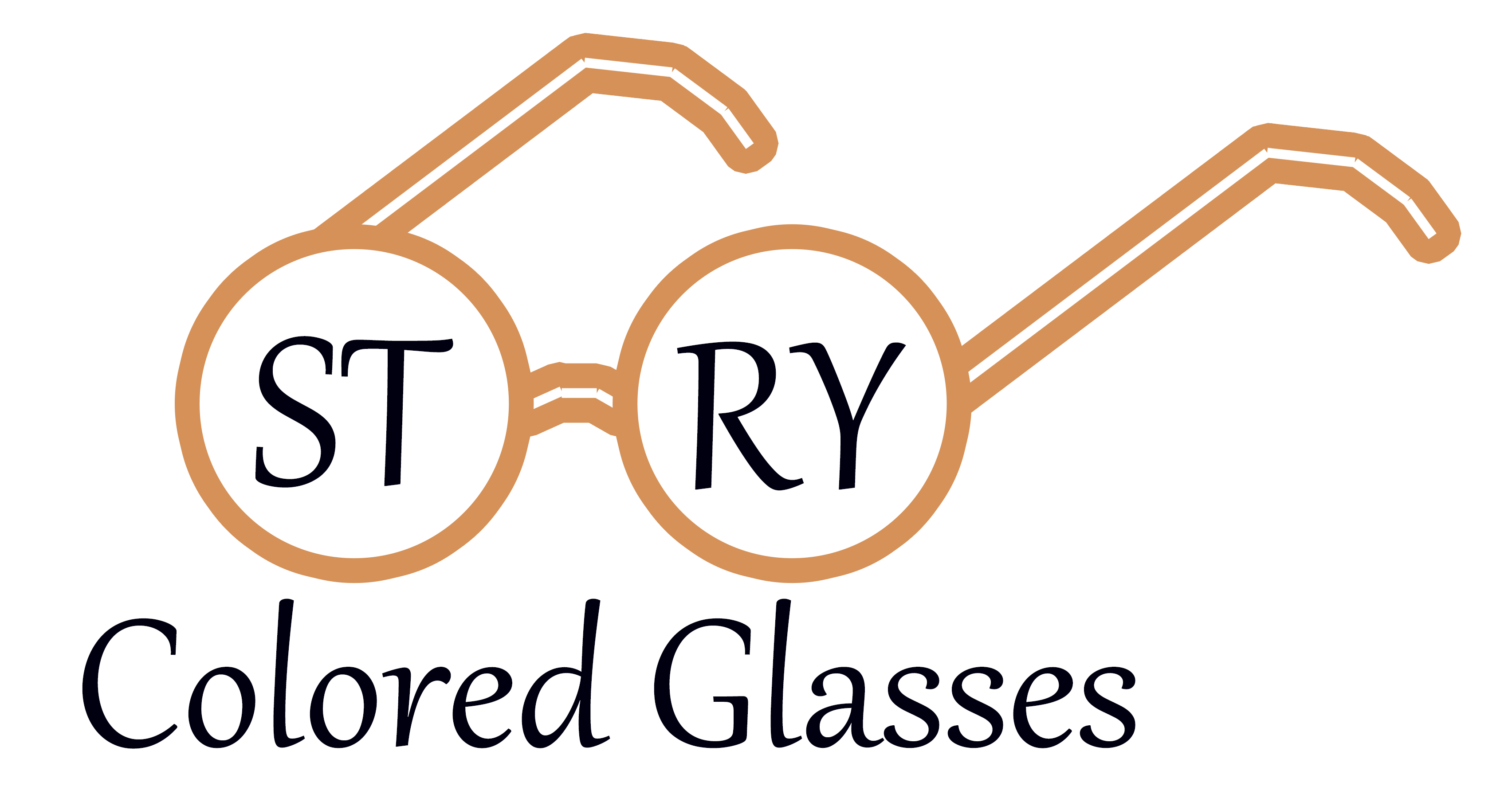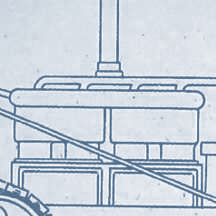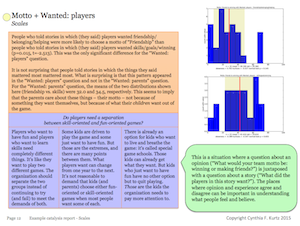Biography: where I came from.
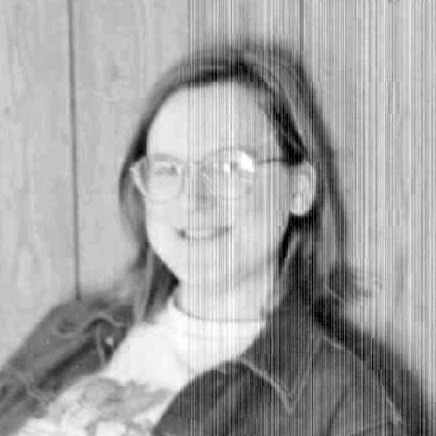
First career: ethologist
I started my career as a biologist specializing in the evolution of
social behavior. I got my B.S. in Biology in 1986 (at Clarion University),
and spent five years pursuing a Ph.D. in
Ecology and Evolution (at SUNY Stony Brook) before leaving in 1991 with a
M.A. degree.
Second career: software designer
From 1992 to 1998, I worked on various software projects, including
educational simulations of
gardening
and
plant growth;
GIS software for decision support;
an organic foods database system;
a payroll system;
a database system for insect-host research; and
a telephone interview entry system.
Third career: researcher, software designer, consultant
In 1999 and 2000 I was a "Technical Supplemental" in the Knowledge
Socialization group at IBM Research.
I had two main research interests:
finding ways to gather and work with stories to help people
make sense of complex topics;
and finding ways to look at stories and answers to questions about them
(especially lots of them) to discover meaningful insights.
In 2001 I began work as a research consultant for the IBM
Institute for Knowledge Management.
At the IKM I brought my research on stories and questions together
with Dave Snowden's and Sharon Darwent's work on similar topics (in IBM's Global Services division)
to help clients work with stories for sensemaking and decision support.
Dave, Sharon, myself, and a network of IBM consultants developed and refined
an approach to collecting and working with stories which is used by many people today.
I helped with the formation of the IBM Cynefin Center in 2002 and its splitting off into
the company that became Cognitive Edge. Until 2007, I was the group's Director of Research.
In that role I researched, designed, built, supported, used, and refined the SenseMaker software
suite.
Third career plus: now with more independence!
In 2007 I established an independent consultancy practice.
In 2008 I wrote the first edition of my textbook
Working with Stories.
In 2011 I started using the name
"Participatory Narrative Inquiry" to describe the approach I continued
to develop (and which inevitably began to diverge from the approach
I had previously developed with IBM and Cognitive Edge).
In 2014 I finished the greatly expanded third edition of
Working with Stories.
At that time I also co-founded
the PNI Institute to
continue research and development
in this new field. In 2020 the PNI Institute closed its doors,
and I collaborated on the creation of a new group:
the Participatory Narrative Practitioner Network.
In 2021 I finished my second book,
Confluence.
